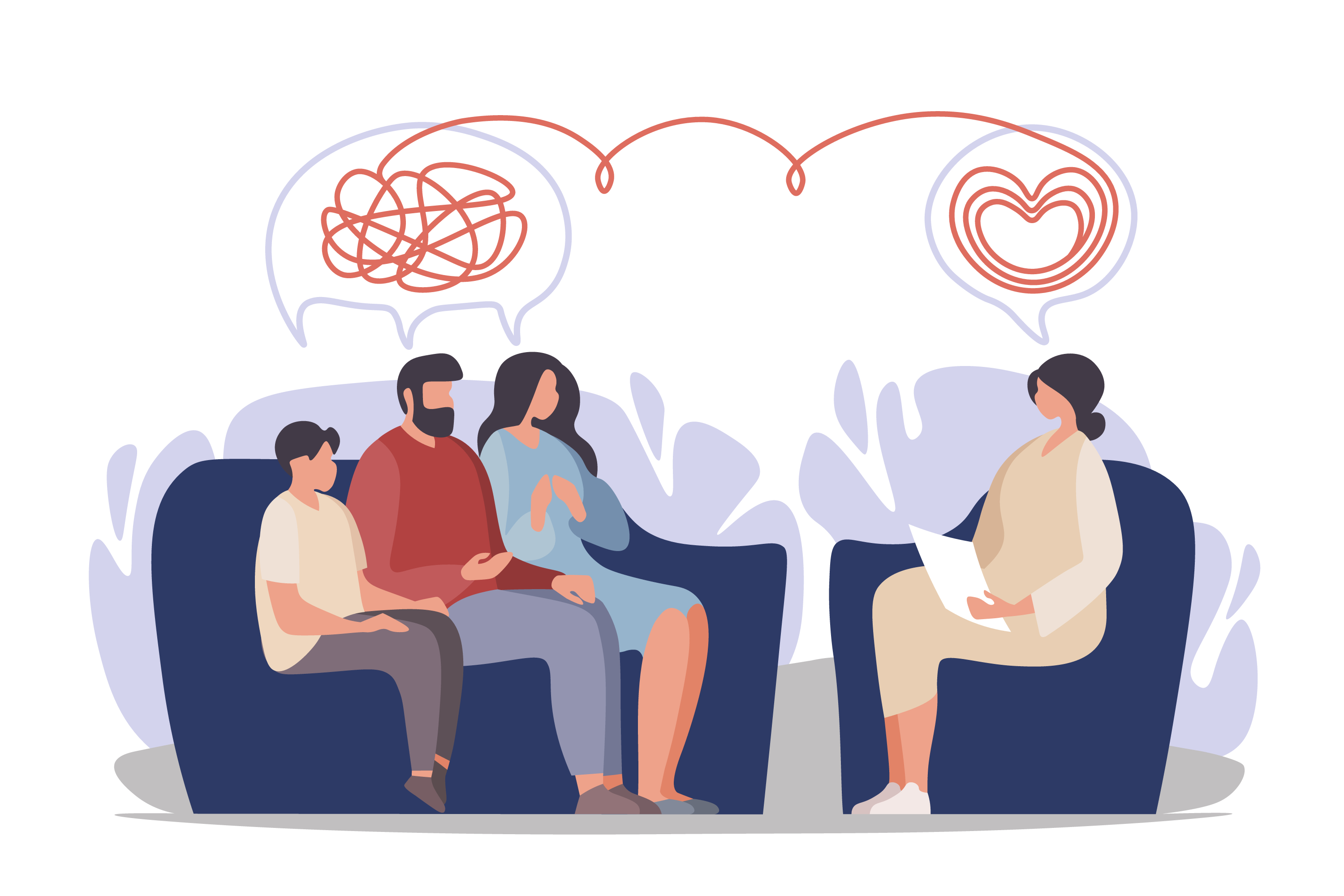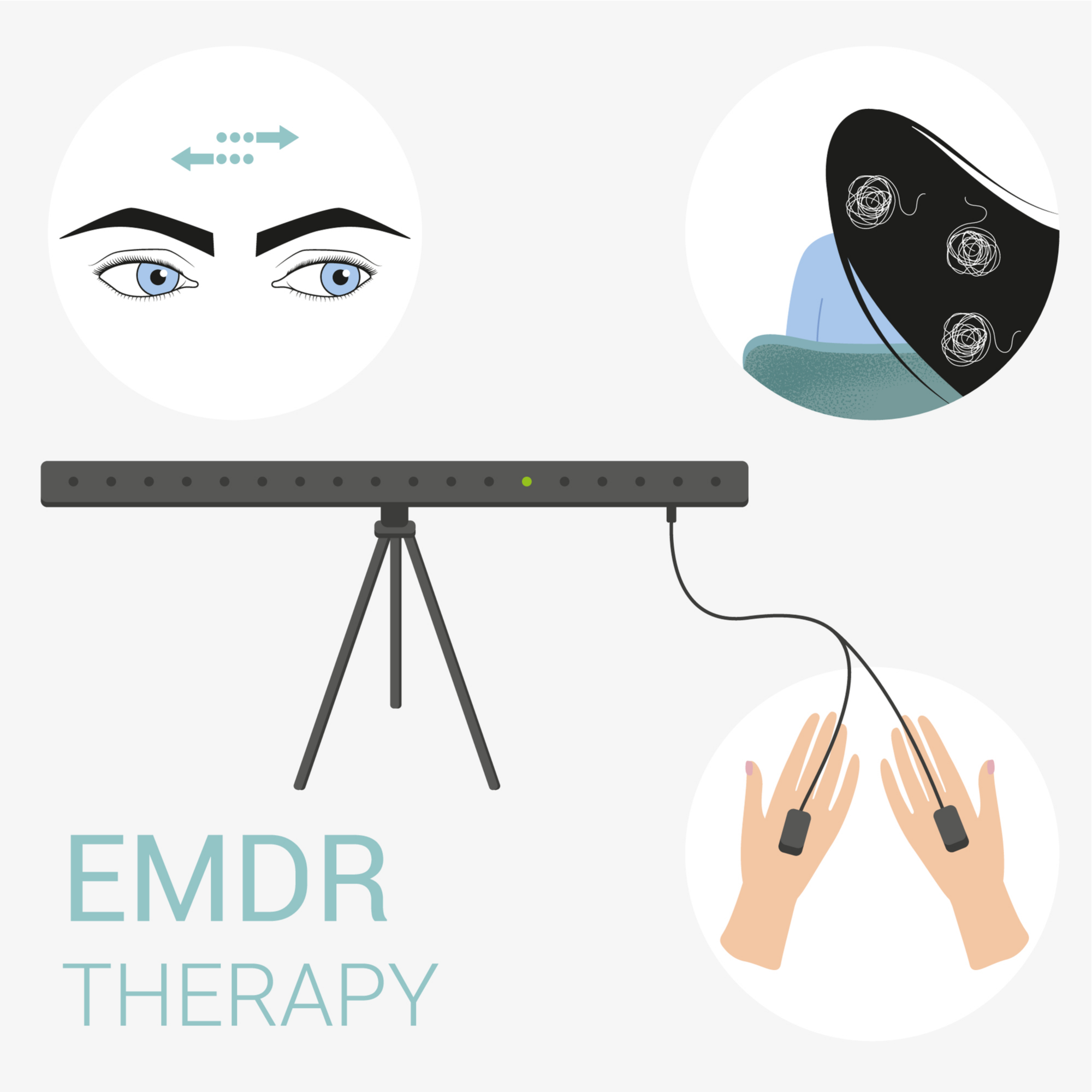I am experienced in couples and family therapy. My particular focus ins on childhood and adult trauma recovery, and helping couples create secure attachments. Below you will more information on my primary treatment meathods.

Emotionally Focused Therapy (EFT)
Emotionally Focused Therapy (EFT) is a well-known humanistic approach to psychotherapy developed in the 1980’s. EFT is best known as a cutting edge, tested and proven couples intervention, but it is also used to address individual depression, anxiety and post traumatic stress and to repair family bonds.
Another significant finding is that couples who work through the EFT process resolve their issues without returning to their old unhealthy communication patterns in the future.
Regardless of the scale of your issues, EFT can help resolve these difficult situations and bring you and your partner or family member closer.
Sources:

Eye Movement Desensitization and Reprocessing (EMDR)
Eye Movement Desensitization and Reprocessing, developed by Dr Francine Shapiro, is a psychotherapy treatment designed to treat forms of mental distress, Including Post-Traumatic Stress disorder (PTSD). Other than healing from past traumatic experiences, EMDR has many other applications. This includes establishing self esteem, confidence, and to release attachments to out of date loyalties and unresolved baggage.
EMDR typically involves left-right eye movements, or auditory or tactile stimulation. It can be accomplished using either equipment or the practitioner may move her hand left to right to cause the client's eyes to move. This causes disturbing material to come forward in the client's awareness, enabling it to be resolved adaptively.
For more information on EMDR visit https://www.emdr.com/

Attachment Theory (Styles)
Attachment theory is a theory that describes that humans are born with a need to form emotional bonds with other people. It is primarily focused on long-term relationships including relationships between parents and their children, and between romantic partners. Developed by the British psychologist John Bowlby, he was interested in the separation anxiety and distress children experience when they are separated from their caregivers. Although Bowlby's main focus was the relationship between caregiver and child, he also believed that attachment was a lifelong human characteristic.
The idea that romantic relationships may be characterized in the same way did not appear until the late 1980s. According to Cindy Hansen and Phillip Shaver, the relationship between infant and caregiver and the relationship between romantic partners share these features.
- Both feel safe when the other is nearby.
- Both engage in close or intimate body contact.
- Both feel insecure when the other is inaccessible.
- Both share discoveries with one another
- Both exhibit a mutual fascination with each other.
- Both engage in “baby talk”.
There are five main attachment styles in relationships. These include, Secure, Anxious-Ambivalent, Dismissive-Avoidant, Fearful-Avoidant and Disorganized .
To find your attachment styles, visit Dr. Diane Poole Heller’s Attachment Styles Test or Psychology Today's relationship attachment style test
Sources:
http://labs.psychology.illinois.edu/~rcfraley/attachment.htm
